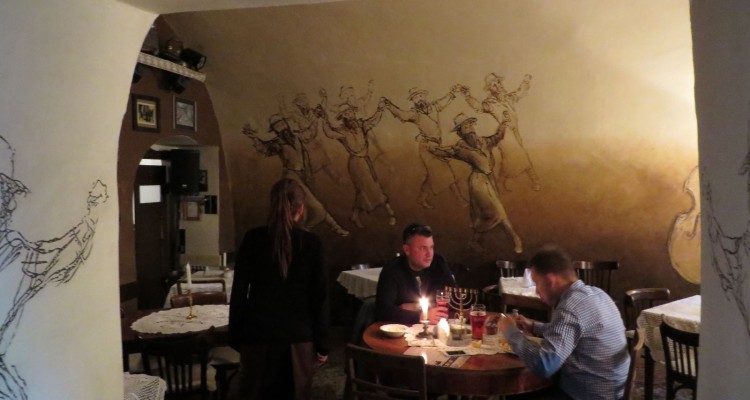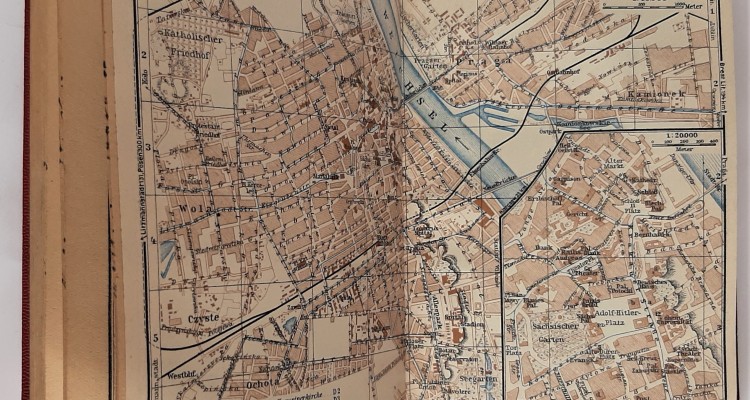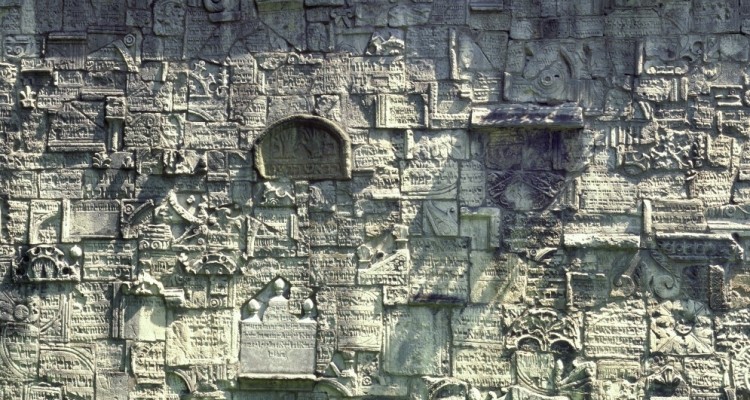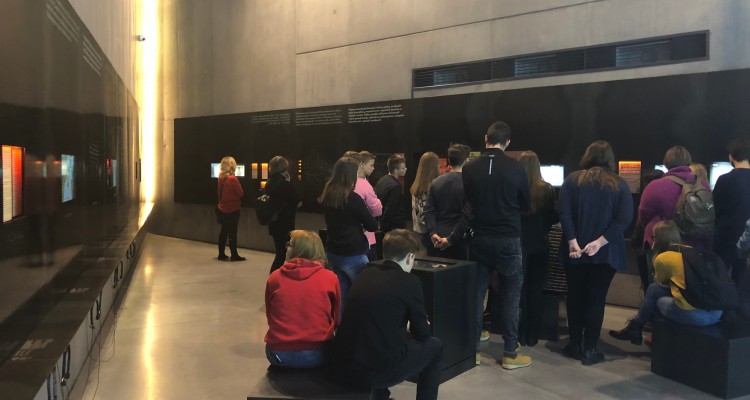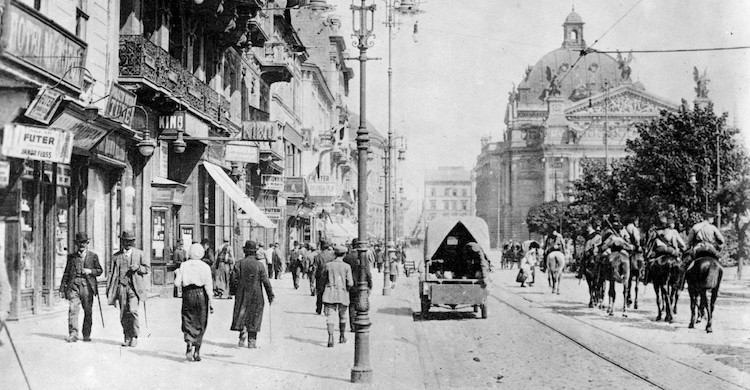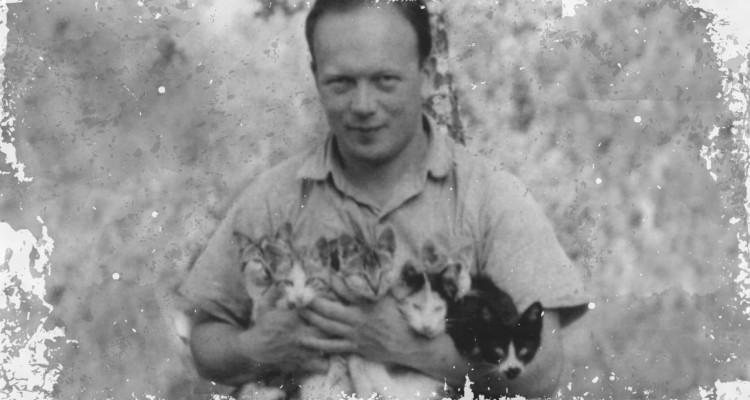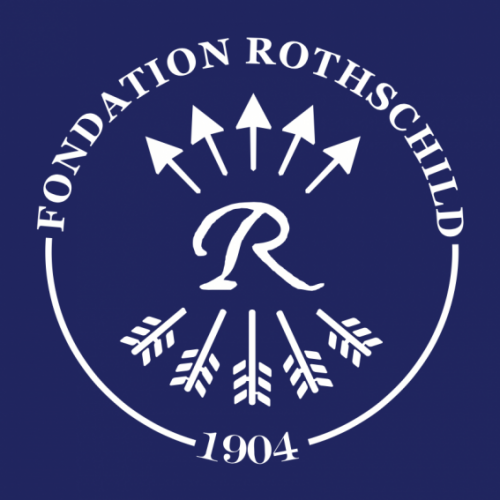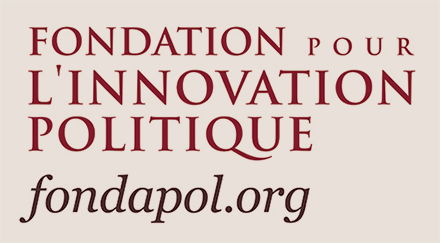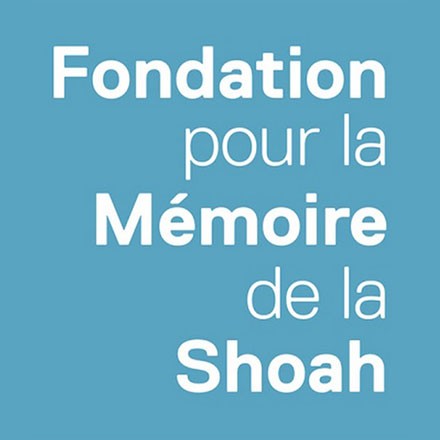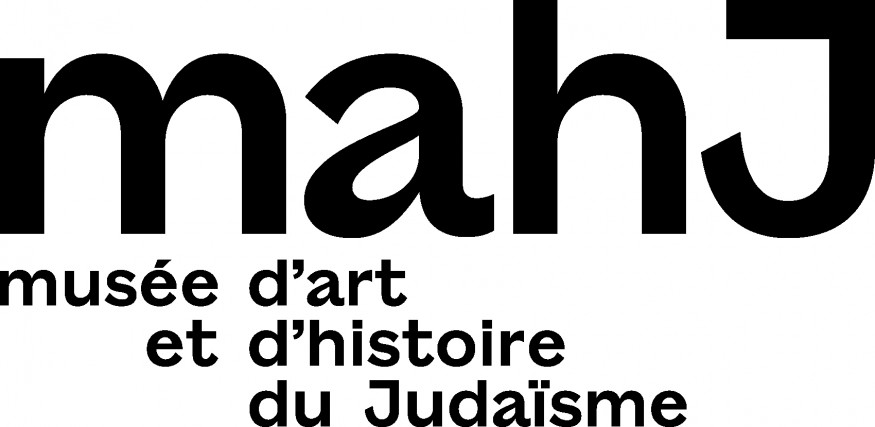Poland
In Poland, the traditional conception of the nation is based on the idea that Polishness is inherently linked to Catholicism. In her latest book, sociologist Geneviève Zubrzycki examines the outlines of what is regularly called a “Jewish revival” in Poland. She explains how the philosemitism of progressive Poles is a manifestation of their attempts to break down the equation between Polishness and Catholicism in order to define a more inclusive and pluralist conception of national identity.
In 1943, a Baedeker on the General Government of Poland was published. The famous tourist guide offered Germans a tour of the Polish outpost of the Eastern living space – also referred to by the Nazis as “Wilder Osten”, or the Wild East. Carol Fily immersed herself for K. in the book, which was designed at the time under the patronage of Hans Frank, the Governor General of Poland during the war.
Architects Piotr Michalewicz and Marcin Urbanek and artist-historian Łukasz Mieszkowski won first prize in the international competition for the development of a new memorial concept at the site of the former Nazi extermination facility in Sobibór. The team won the competition in July 2013, and in October of the same year, the Polish government accepted their design and awarded them tenders. The memorial’s construction began in the spring 2017, with funds coming entirely from the Polish Ministry of Culture. The memorial and museum, which will come under the supervision of the Majdanek State Museum. is scheduled to be completed in the fall of 2022. Mieszkowski, in an original article for K., takes us behind the scenes of this innovative project.
After a long period of appropriation of Jewish space, but also of Jewish history and memory in Poland, Jakub Nowakowsk observes a new interest in Jewish history in Poland since the eighties. In recent years, the taboo on Jewish-Polish history seems to have been overcome. However, a new issue is emerging through the current attempts to instrumentalize this history for the benefit of a whitewashed narrative marshaled by polish nationalism and championed at the highest levels of power. In the context of these major controversies, the author also recounts the difficult attempts to renew Jewish life in today’s Poland.
‘Smocza: A Biography of a Jewish Street in Warsaw’, by Benny Mer, was published in Hebrew in 2018. Like an archaeologist, the street’s biographer exhumes it by tracking down all the traces he can gather (in the press, in poetry and fiction, in the rare photographs that remain, in the testimonies that the author could collect) to give an idea, an image, a reminiscence of Smocza, which he loves like a ghost that beckons you. K. is happy to publish the first chapter of Benny Mer’s investigation of this vanished world, which he says he feels at home in.
Last week, Ewa Tartakowsky told us about the conditions under which a school visit like the one to the “Museum of the Poles Who Saved Jews During the Second World War – Ulma family” in Markowa takes place today, in the era of the PiS, Poland’s right-wing nationalist governing party. Here is the second and final part of this brush withg a biased, ethno-religious account of the history of relations between non-Jewish Poles and Jews in Poland.
A group of students enrolled in a course on the Polish Righteous Among Nations went to Markowa, in the Subcarpathian region, to visit the “Museum of Poles Saving Jews during the Second World War – Ulma Family.” Ewa Tartakowsky accompanied this visit. She explains how the discourse that accompanies it resonates with the memorial policies promoted by the PiS government. Excerpts from a field diary, part one.
After reading Philippe Sands’ essay ‘East West Street’, Danny Trom returned to the Galician town, once Polish and now Ukrainian, to follow in his family’s footsteps. The footsteps of Lemkin and Lauterpacht, the two heroes of Sands’ best-seller, overlap with those of Trom’s grandfather. Lemberg was a land of crime and the epicenter of emerging international criminal law, but also a place where Zionism was dreamed up in Yiddish. Why does Sands occlude this fact? Now war is raging in Ukraine – and thus in Lviv, formerly Lemberg. In what way and how does the tragic situation in the Ukraine involve the Jews? Ukraine addresses this question to both the Jews and the State of Israel. Danny Trom, to resolve this matter, revisits his story with an epilogue, from which he draws a common position for both Europe and the Jews.
Did Eugene Lazowski save 8,000 Polish Jews during World War II? Or not? Barbara Necek looks back at the history of a historical fake news that has become a tenacious legend that has continued to captivate audiences.
Join us
With the support of:
Thanks to the Paris office of the Heinrich Böll Foundation for their cooperation in the design of the magazine’s website.
